Most doorways are a single door unit; however, many entryways feature sidelites to create a more impressive entrance. There are two main construction methods for door units with sidelites: the continuous unit and the boxed unit. Additionally, a continuous unit can be manufactured with or without provisions for a storm door.
Single Unit Types
The primary entrance to most homes typically features a single door unit. To elevate the appearance and expand the size of the unit, sidelites can be incorporated. Sidelites can be placed on either the left or right side of the door, or on both sides to create an even more substantial entrance.
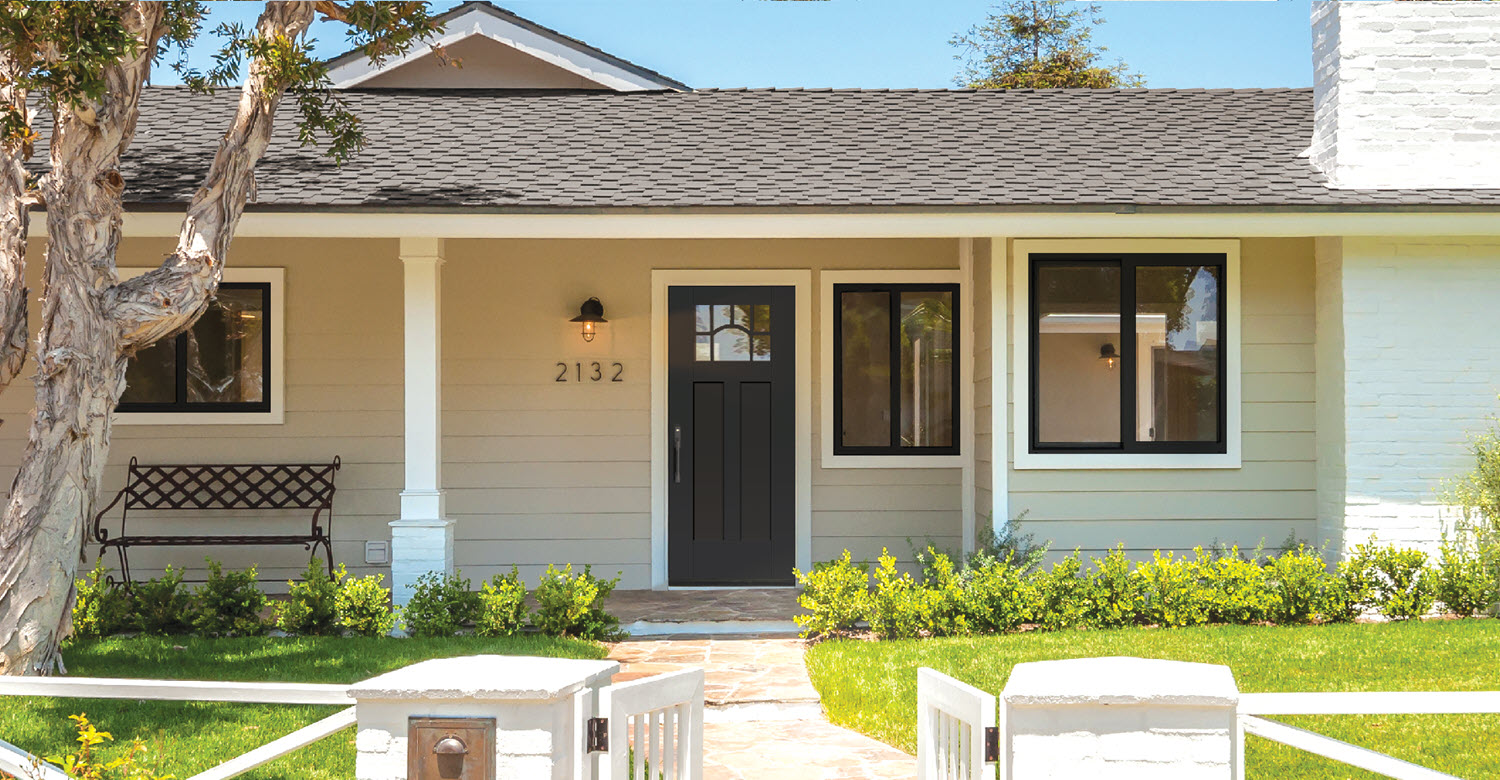
Double Unit Types
One type of double door unit is the French door, where both doors are operational – the active door is used as the main door and the passive door is held in place with a latch but can be opened. Another type of double door unit is the patio door – one door swings open and closed and the other is fixed in place.
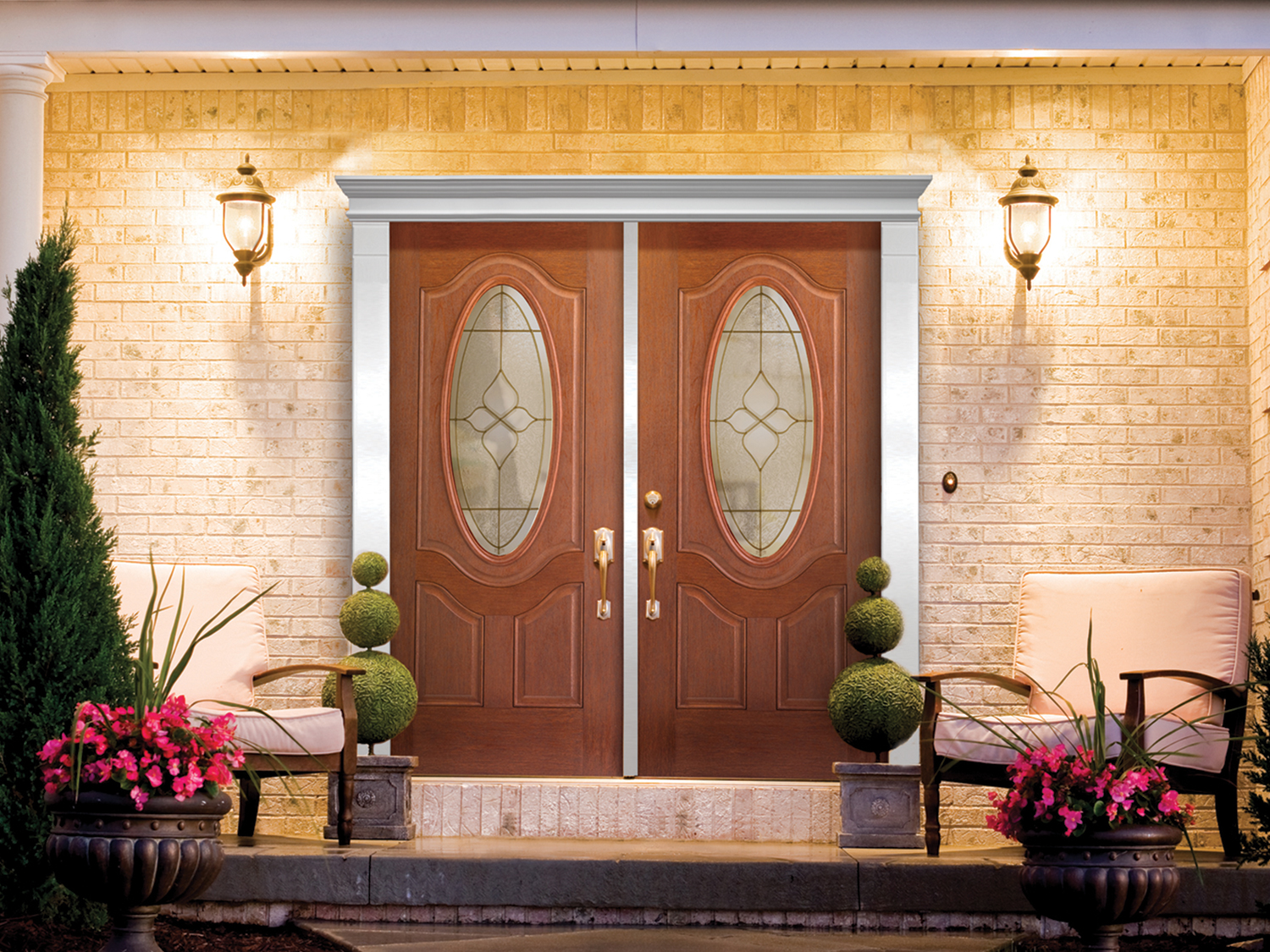
Transom Units
All door units can be enhanced with a transom – a glass panel located above the door. When a transom is added to a French double door unit, the weight of the transom can cause the unit to sag so a reinforcement is added between the top of the door unit and below the transom to support the added weight.

Units without Sidelites
Door units without sidelites typically consist of a sill, side jambs, and a head jamb. French double doors without sidelites also include an astragal, which is located between the two doors.

Continuous Units
Single door units that include one or two sidelites are often manufactured as a continuous unit with a single head jamb and a single sill. The side jambs are located on the exterior of the unit and connect to the studs. Between the door and the sidelite, there is a component known as a mullpost.
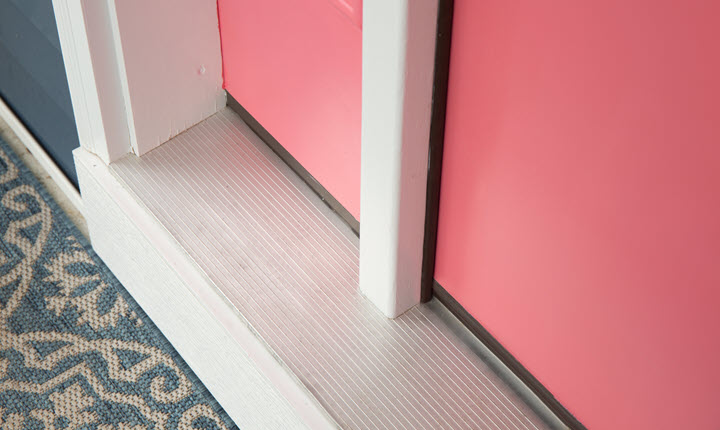
Storm Door Mullpost
Adding a storm door to a single door unit is straightforward. It is more challenging for door units with sidelites as the standard mullpost sits farther back than the side jambs. A storm door-ready mullpost though provides enough clearance for the installation of a storm door. If the unit is already installed with a standard mullpost, a storm door adapter can be attached to the mullpost to bring it out for the proper clearance.
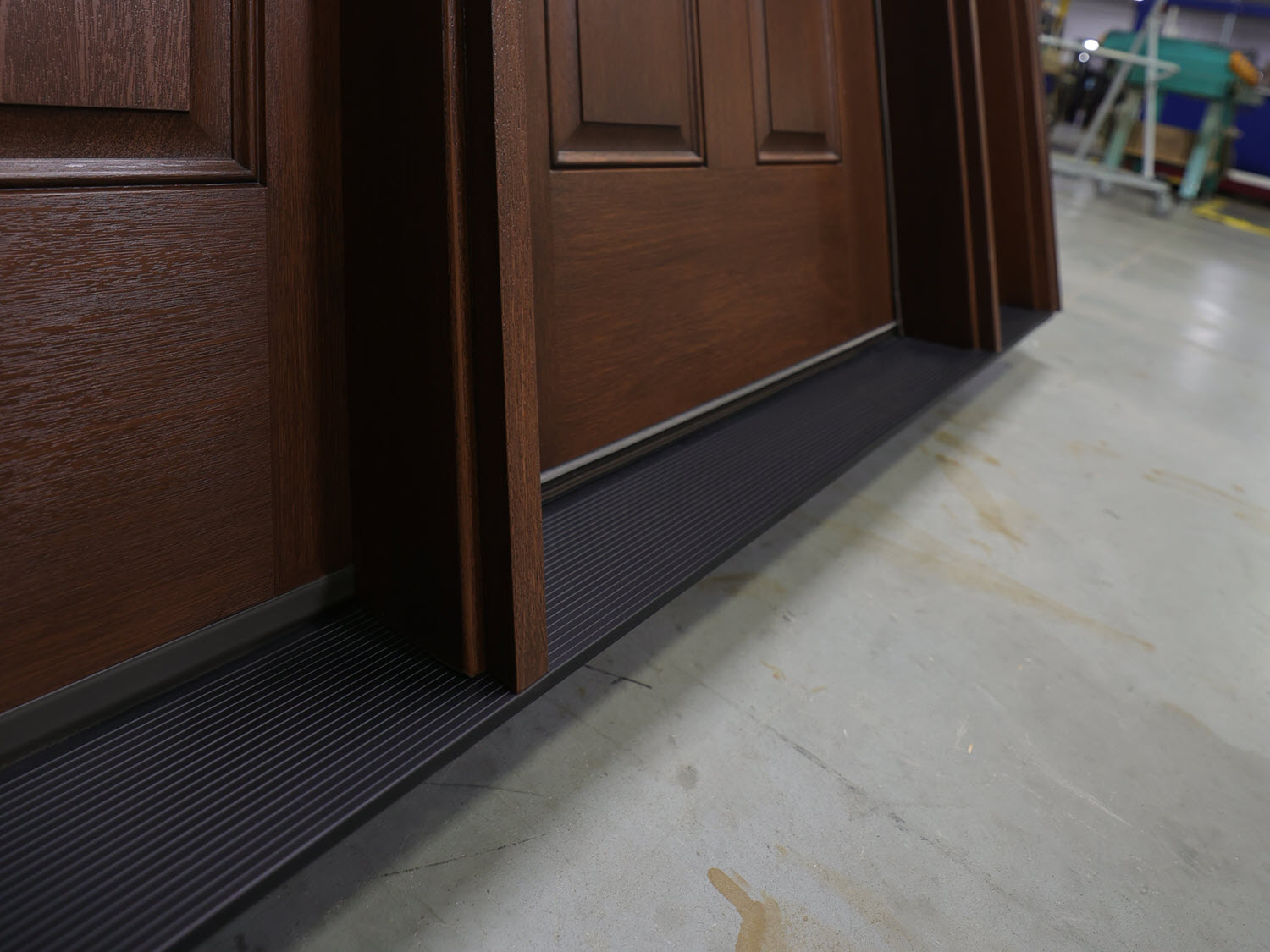
Boxed Units
In this design, each sidelite and the door are created like an individual single door unit – with a sill, side jambs, and a head jamb – then joined together. This results in a slightly larger unit, which can be beneficial for homes with a non-standard rough opening. Additionally, it is ready for the installation of a storm door.
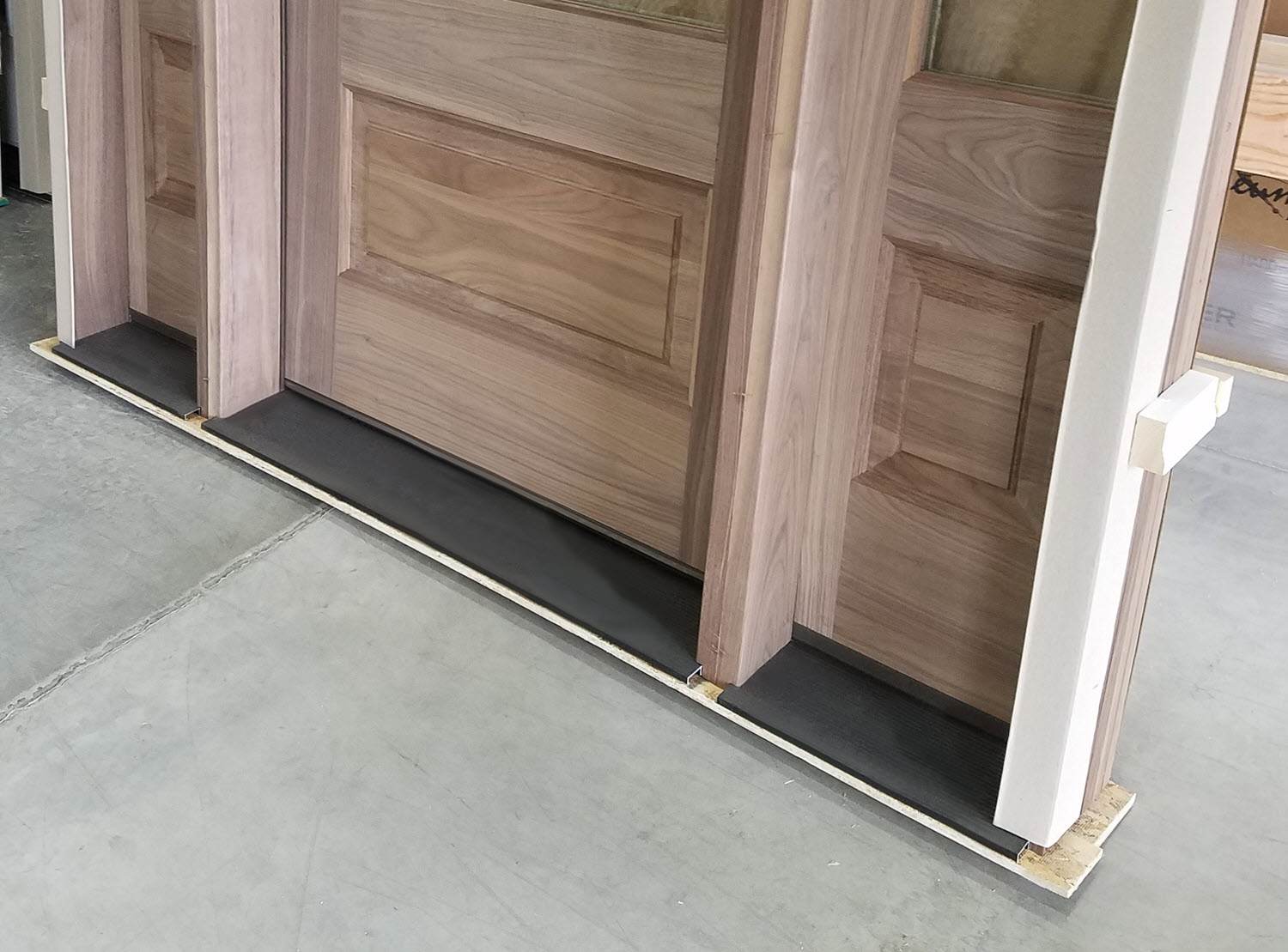
Spread Mulls
When the rough opening for a door unit is larger, it may be necessary to spread apart the individual components. This can be achieved by adding a mull pocket, or spread mull, between the components. An example of a situation where a spread mull unit may be necessary is when a homeowner decides to replace a double door unit with a single door and two sidelites.
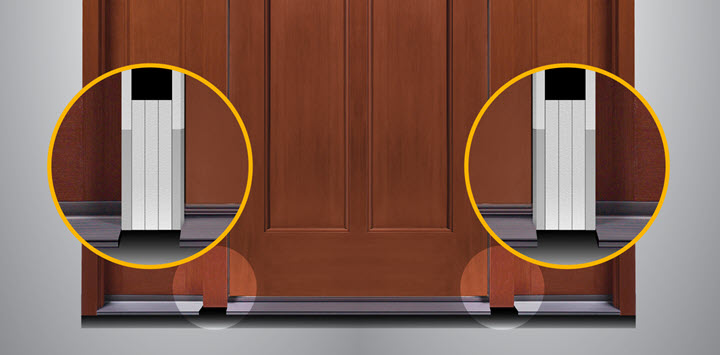
Choosing a Unit
In the case of a new construction home, the desired door unit type can be incorporated into the building plans. For a replacement door, the existing unit must be replaced with a comparable unit. The decision to choose a storm door-ready unit ultimately comes down to personal preference and the intention to install a storm door.

